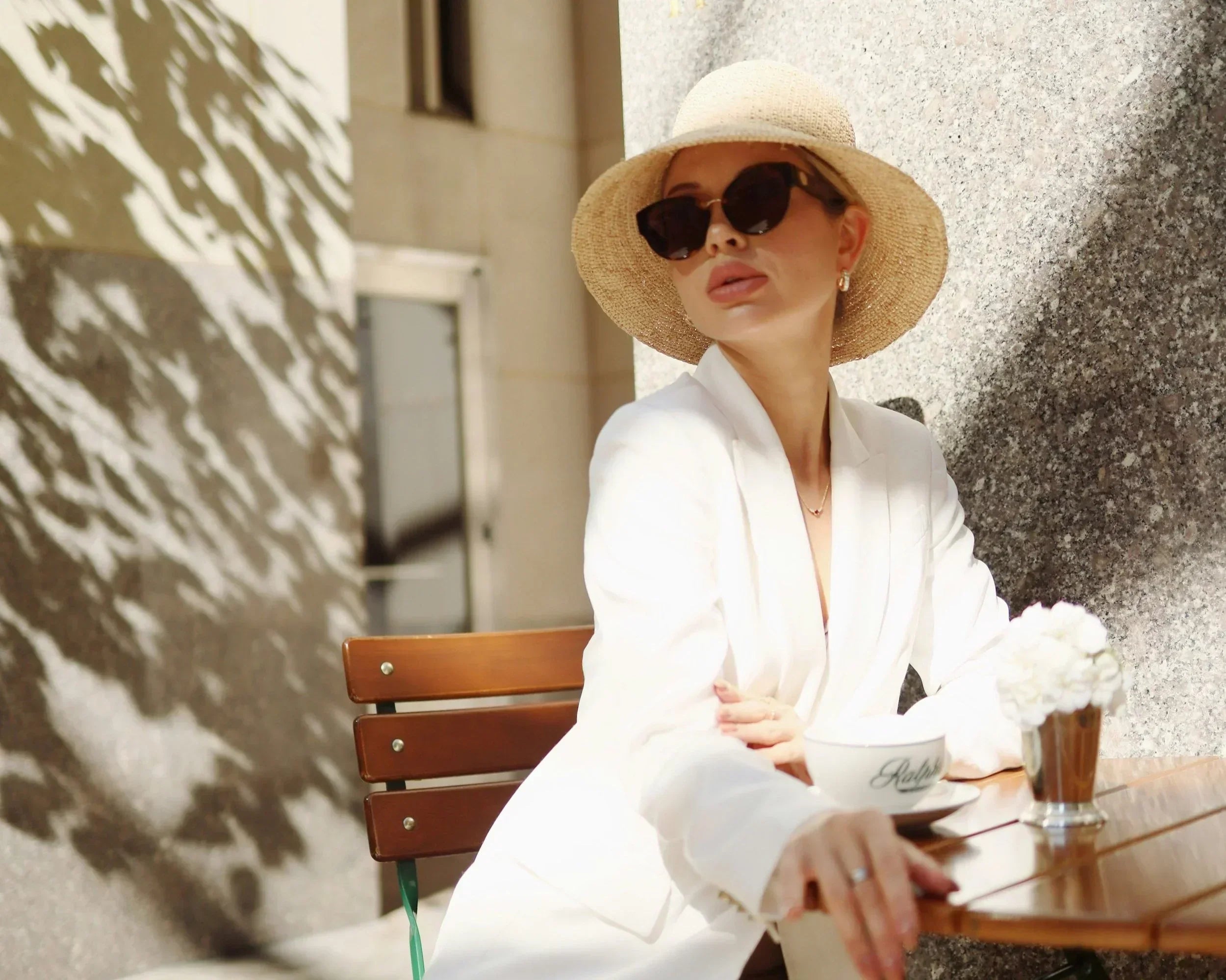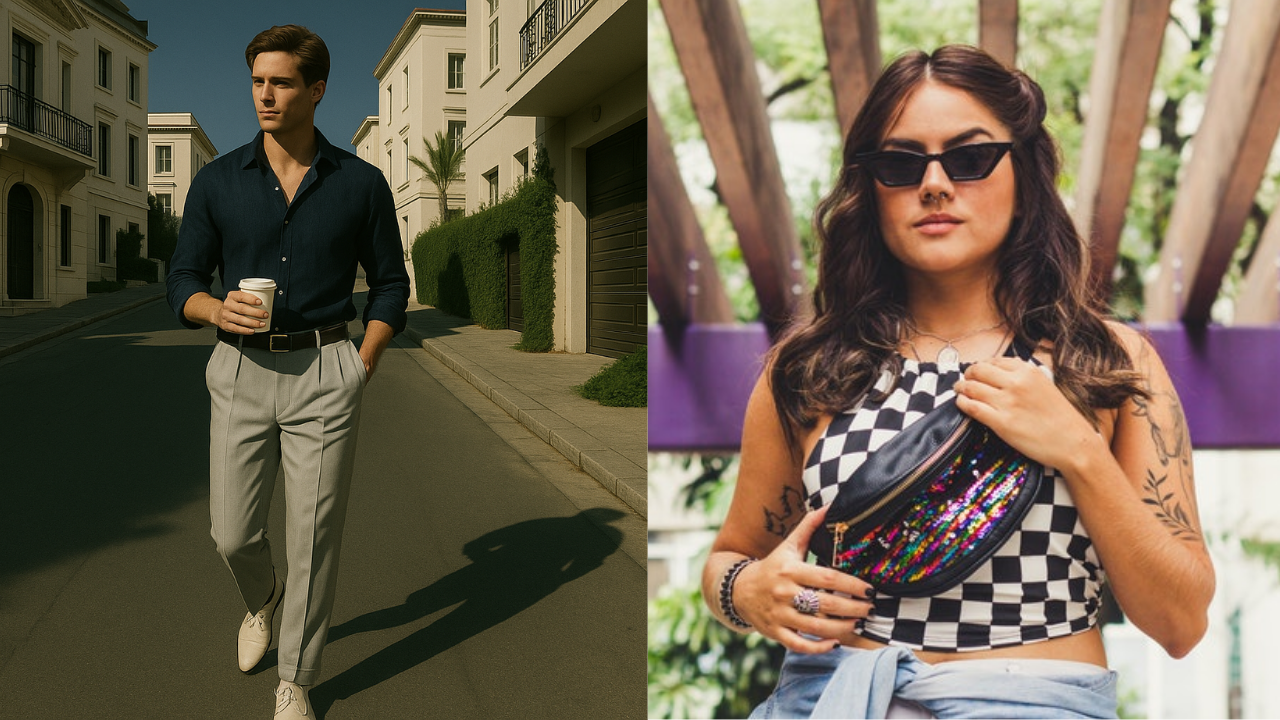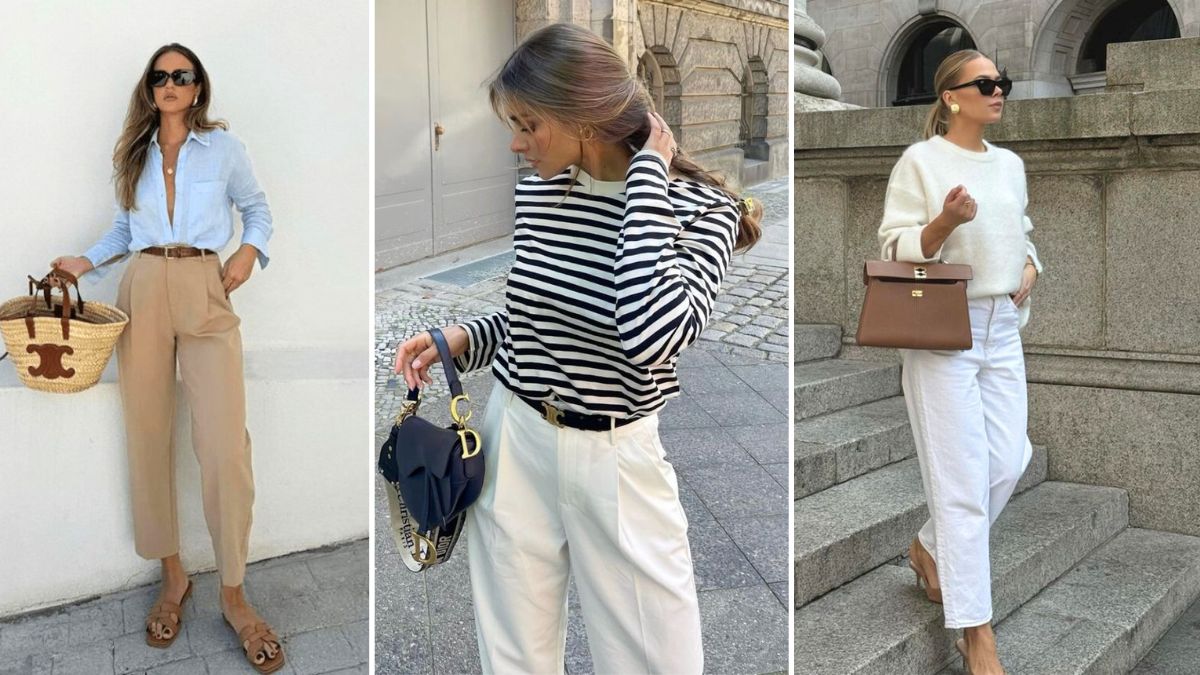
What Does the Slang “Old Money” Mean
A Deep‑Dive Into History, Status, and the Fashionable Rise of the Old Money Style
The phrase old money gets tossed around in movies, gossip columns, and especially on TikTok where the old money style trend now drives millions of views. But what does the slang old money really mean? Far more than a casual label for “rich people,” it packs layers of history, social nuance, and—lately—fashion influence. This article unpacks the term’s origin, how it differs from “new money,” and why old money style suddenly owns our feeds. Along the way, you’ll see how the idea informs fabrics, behavior, and even the products inside luxury ecommerce.
1. Dictionary Definition vs. Street Meaning
A textbook definition of old money is straightforward: wealth that has been in a family for several generations. The entry on Wikipedia adds that old‑money families commonly inherit social status, political influence, and a network of elite institutions. (https://en.wikipedia.org/wiki/Old_money). Yet the slang meaning stretches beyond bank accounts:
-
Pedigree – private schools, legacy university admissions, summer estates.
-
Network – family names that open doors (and boardrooms).
-
Behavior – quiet confidence, polished manners, minimal bragging.
-
Wardrobe – the now‑famous old money style: navy blazers, camel knits, loafers that grow better with age.
So when Gen Z captions a blazer‑and‑pearl outfit “old money vibes,” they’re referencing this broader cultural package, not just trust‑fund digits.
2. Old Money vs. New Money: The Real Divide
|
Aspect |
Old Money |
New Money |
|
Source of Wealth |
Inheritance, long‑term investments |
Entrepreneurship, sports, entertainment, crypto |
|
Spending Pattern |
Repair, maintain, subtle upgrades |
Flash purchases, frequent refresh |
|
Social Signals |
Understated logos, heirloom pieces |
Bold branding, limited‑edition hype |
|
Media Presence |
Private, curated, sometimes anonymous |
Public, daily posting, influencer Collab's |
|
Style Tagline |
“I’ve had this forever.” |
“I just copped this drop.” |
While pop culture loves painting the groups as enemies, most societies need both: old money stabilizes institutions; new money spurs innovation. The tension, however, fuels endless fascination—and drives followers toward either discreet elegance or maximalist flex.
3. Where the Term Came From
Historians trace the slang old money back to Gilded Age America, when families like the Astors and Vanderbilts drew lines between themselves and post‑Civil War industrial tycoons. Across the Atlantic, British aristocrats had signaled old money centuries earlier through land titles. In both contexts, inherited wealth doubled as social insulation. Over time, the label became shorthand for:
-
Established class
-
Unspoken rules
-
A refusal to flaunt wealth overtly
That refusal birthed the old money style we see trending today.
4. The Modern Resurgence: TikTok and Quiet Luxury
Why is the term hotter than ever? Editors at Business Insider note three forces—logo fatigue, sustainability concerns, and algorithm‑friendly neutral aesthetics—behind the rise of “quiet luxury” and the old money style trend. Influencers film old money style lookbooks, swapping neon hoodies for navy knits and plastic soles for full‑grain loafers. Neutral tones soothe feeds, and algorithms reward the crisp visuals.
5. Key Visual Markers of Old Money Style
-
Neutral palette – navy, charcoal, camel, cream.
-
Natural fabrics – long‑staple cotton, flannel wool, cashmere, full‑grain leather.
-
Impeccable tailoring – seams align, sleeves reveal 1 cm of shirt cuff.
-
Minimal branding – logos hidden inside garments.
-
Investment footwear – loafers or derbies that can be resoled.
Want real examples? Browse:
-
To explore timeless button‑downs Old Money Shirts click here
-
Drape‑perfect flannels inside Old Money Pants(link).
-
Patina‑ready loafers in the Old Money Shoes Collection.
Each collection favors the quiet luxury vibe that defines old money style online.
6. Language Nuances: Using “Old Money” in Conversation
-
Compliment: “Your outfit feels very old money.” (Implying timeless polish)
-
Critique: “He acts like old money, but that logo belt says otherwise.”
-
Self‑deprecation: “I grew up new money—still learning old money etiquette.”
Context matters; outside fashion circles, “old money” can sound elitist. Use cautiously.
7. Old Money Style in Behavior
Clothes are half the story. The other half is conduct:
-
Speech cadence – measured, low volume.
-
Punctuality – early arrival signals respect.
-
Thank‑you notes – handwritten beats text.
-
Dining etiquette – subtle, never performative.
Pair these habits with wardrobe upgrades to embody old money style fully.
8. Cost vs. Cost per Wear
A hallmark of old money style is investing once and wearing endlessly.
|
Item |
Fast‑Fashion Cost & CPW* |
Old‑Money Purchase & CPW |
|
Oxford Shirt |
$40, 15 wears → $2.67 CPW |
$120, 120 wears → $1.00 CPW |
|
Leather Loafers |
$90, 40 wears → $2.25 CPW |
$300, 300 wears → $1.00 CPW |
*CPW = cost per wear. Over time, old money style can be cheaper than cheap.
9. Common Misconceptions
|
Myth |
Reality |
|
You must be rich to dress old money style. |
Thrifting cashmere or tailoring mid‑price pieces works. |
|
Old money style is boring. |
Texture (tweed, knit), heritage color accents, and vintage jewelry add depth. |
|
Old money never shows logos. |
Sub‑5 mm motifs can appear—just not billboard size. |
|
Only preppy cuts count. |
Minimalist Italian tailoring also fits the old money style. |
10. How to Adopt Old Money Style in Three Steps
-
Audit & Tailor – Fix shoulder seams, hem trousers; fit beats cost.
-
Upgrade One Staple – Replace a peeling faux‑leather belt with full‑grain.
-
Maintenance Routine – Brush jackets, tree shoes, steam wrinkles weekly.
Small steps yield big perception shifts.
11. When New Money Becomes Old Money
Over time, fortunes blend. Today’s crypto founder could become tomorrow’s legacy donor. Their closets often transition too—bright logos fade, neutrals rise, quality becomes priority. Understanding old money style now positions you ahead of that inevitable curve.
12. Final Word: Slang Meets Substance
Calling someone “old money” might sound like simple slang, but the term carries deep cultural weight. It signals inherited wealth, entrenched networks, and an aesthetic—old money style—rooted in subtle excellence.
Whether you chase the trend for likes or value its lessons on durability and restraint, one truth stands: quiet luxury outlasts loud hype. Invest in pieces that speak softly yet confidently, and your wardrobe will echo the timeless poise encoded in those two potent words: old money.



